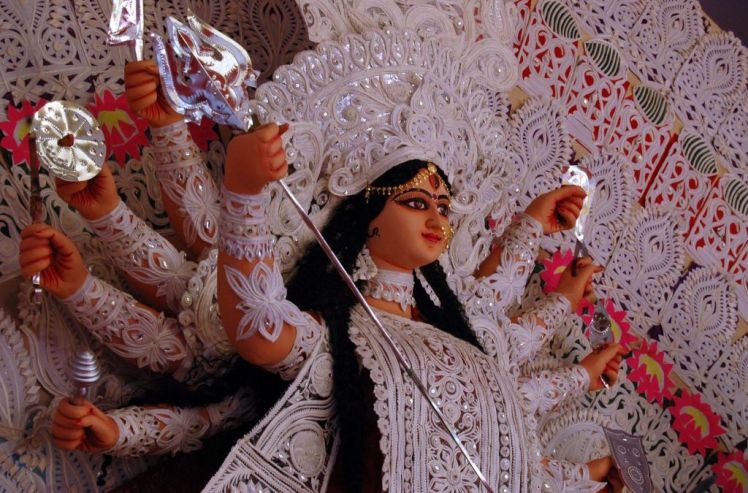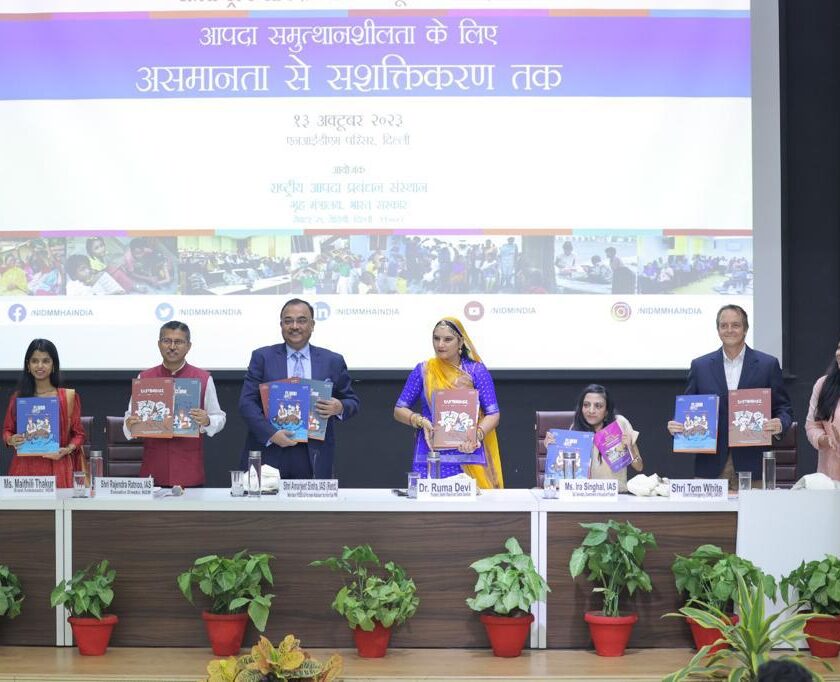By: Garima Lohumi
Navratri festival is celebrated twice a year as per the Hindu calendar in the month of Chaitra and Ashwin.
Cultural and religious significance apart, the auspicious “Navratri” festival bring about a dramatic change from the sombre atmosphere of the “pitri paksh” (Shraddh) to a season of boisterous celebrations.
The fortnight long “pitri paksh” is an annual feature during which the Hindus remember and pay their respects to their ancestors by performing various rituals.
Being a period of mourning , the fortnight is considered inauspicious and the Hindus mostly avoid buying new clothes, undertaking any new ventures, acquiring property or solemnising weddings or other propitious events. They rather wait for the nine-day “Navratri” the festival which follows immediately.
Navratri festival is celebrated twice a year as per the Hindu calendar in the month of Chaitra and Ashwin. The nine forms of Durga are worshipped over the nine days on both occasions.
The Ashwin Navratri festival is the major one and celebrated with greater intensity, gaiety and religious fervour across India. It is dedicated to the Goddess Durga, the nine forms of which are worshipped over the nine dus.
The festival ends on the tenth day with Dasehra festival, symbolising the victory of the good over the evil. Effigies of demons Ravna, Kumbhkarna and Meghnad are consigned to flames to celebrate the victory of Lord Rama who vanquished the demon king Ravana on this day.
Some Shakti Peeths, Shakti temples, are famous as seats of Tantra as pursuers are able to unravel its mysteries and acquire knowledge much faster. For the common devotees Navratri is the time for introspection and self-purification through fasting, meditation and visiting temples to pay obeisance to the Goddess.It is also considered an auspicious time for starting new ventures.
It is ideal time for starting new ventures, acquiring property, new vehicles, clothes and other such items. It is the boom time for business as everyone, from the poorest to the rich, buys one thing or the other depending on financial resources. Consumer durables like television sets, washing machines, refrigerators, cars, cameras, mobile phones record the maximum sales during the period.
Companies and dealers come out with attractive discount offers to lure customers and take full advantage of the festive period. Shops, malls and other business premises are colourfully decorated with flowers, buntings and fancy lights and the bazaars wear a festive look.
This is the most enjoyable time of the year during which people go on a shopping spree and also make a point to visit various temples and seek blessings of Goddess Durga and other deities.
In the modern times the festival also provides an occasion to pay tribute to the women power as symbolised by the Goddess Durga. The worship of pre-pubescent girls, symbolic representation of the nine forms of the deity, on “Ashtami”, the eighth day, is the most important part of the festival.



